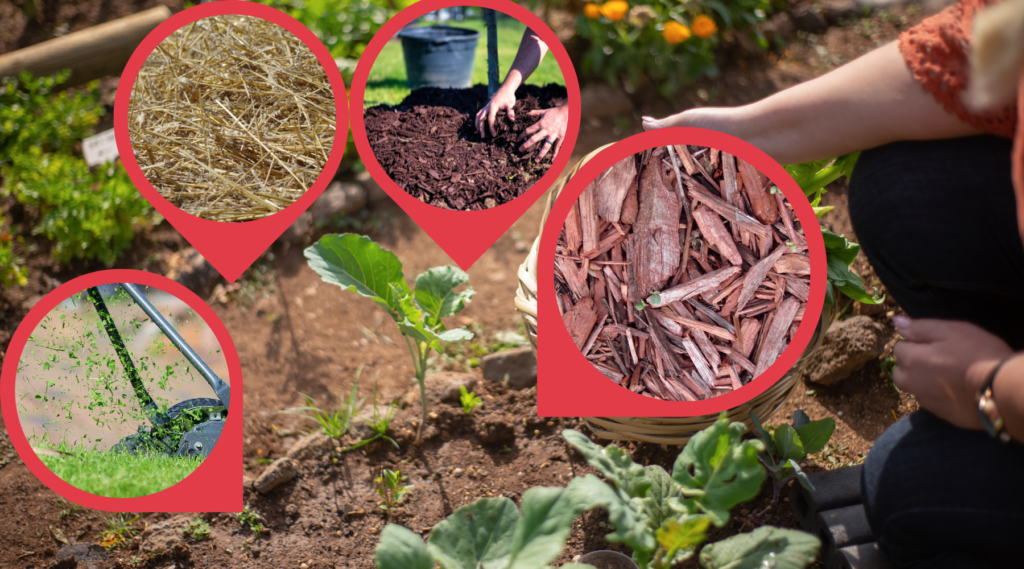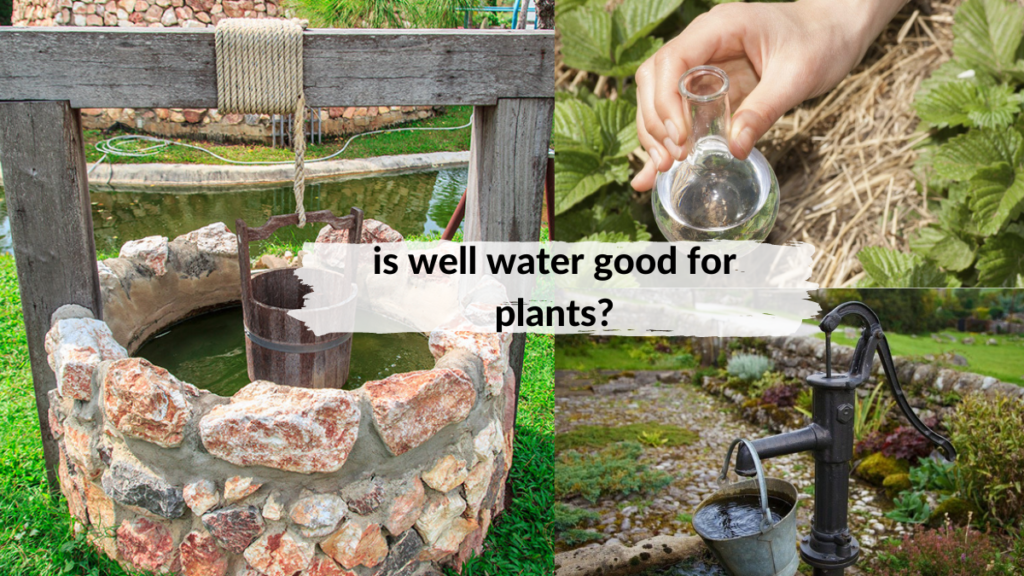Spring is here, so it’s time to clean your garden. You want to remove all the autumn leaves, spent perennial stems, and dead plants collected in your garden or flower bed as soon as possible, but don’t bolt outside with your favorite rake and clippers right away. There are a few things that you need to know before spring cleaning your garden.
garden spring cleaning tips that you should know
If your garden has been left standing last fall, you did a great job. Letting your garden stand throughout winter provides a habitat for the beneficial insects living in it. So now that spring has arrived, you have a lot of things to clean up.
Don’t worry because here are some tips that will help you keep your garden clean, while still providing a habitable environment for beneficial insects.
dealing with dead plant stems and leaves
Many insects are in diapause or sleeping during early spring. They may wake up due to warm days or longer day lengths.
Many beneficial insects such as small native bees, nesting bees, and other pollinators stay in hollow plant stems as pupae or adults during winter. The same applies to lacewings, parasitic wasps, syrphid flies, and many species of pest-munching predators.
Removing dead plant stems for a spring garden cleanup will disturb these insects before they emerge. That’s why you should delay your spring garden clean up for as long as possible.
Consider waiting until daytime temperatures are consistently 50 degrees Fahrenheit or above for at least a week.
use your compost pile
But if you don’t want to delay your ground-level garden clean up, you can go ahead and cut all dead woody and perennial plant stems then toss them onto a compost pile loosely. The insects hiding in the stems can still emerge at the right time.
When cutting off the stems, leave around 8” of stubble behind as they’ll work as an overwintering spot for insects in the future. The stems and leaves will soon hide these hollow sites.
You can also gather the cut stems into bundles. Make a few bundles of stems then use jute twine to tie them together. You can lean the bundles against a tree or hang them on your fence.
Don’t have to worry about the insects hiding inside the stems as they will emerge at the right time. The best thing about this method is that more insects like native bees will hide in the stems and use them as a brood chamber during summer.
You should also delay raking leaves out of your perennial beds in your spring garden. Many beneficial insects like damsel bugs, ladybugs, and assassin bugs hide in leaf litter during winter.
Some of them do so as adults, while others hunker down in leaves as pupae or eggs. Luna months stay in a cocoon that looks like a crumpled brown leaf. Adult butterflies like question marks, commas, and morning cloaks stay in leaf litter during winter. When cleaning up the leaf litter in your spring garden, watch out for these insects and don’t disturb them as much as possible.
avoid mulching too early
Many insects and pollinators overwinter like the soldier beetles, native bees, and hummingbird clearwing moths burrow as adults, eggs, or pupae. If you cover your spring garden with natural mulch, you’ll block these insects from emerging. That’s why you shouldn’t mulch too early during spring.
Before adding winter mulch or any organic matter, make sure that the soil is dry, and the weather is warm.
pruning
If you need to prune shrubs or woody perennials, watch out for chrysalises and cocoons. Some butterflies and moths hide in delicate cocoons dangling from branches during winter.
They usually stay in spring azures, swallowtails, and sulfurs. So, avoid removing branches with chrysalises or cocoons. You can remove them later.
There are also a few things to keep in mind when pruning your spring garden. Avoid pruning and shaping most plants like your topiaries and hedges as it will encourage the development of new growth that’s sensitive to colder temperatures.
You should wait until early spring or until your plants are dormant. This is particularly important if you’re growing broad-leaf evergreen plants. Also, you should cut spring-flowering plants or flower buds only after they’ve bloomed. You can clean up plants with broken or dead plant materials anytime.
If you have a bearded iris garden, early spring is the best time to do some borer control, fertilizing, and clean up. Remove old leaves, winter mulch, and other garden debris from the irises. Testing the soil and applying a granular fertilizer should be done as well. That way, your irises will grow healthy and have better blooms.
If there are iris borers in your area, you can use granular grub control products with imidacloprid just as your irises are breaking dormancy from winter. You can also plant cool-season crops in late spring for an extended growing season.
spring cleaning flower beds
You already know the benefits of leaving your garden untouched during fall and winter. But what if you can’t stand the sight of dead leaves, spent ornamental grasses, and hollow stems in your flower beds? Well, you can always do fall cleanup.
A fall clean up prevents weed seeds, diseases, and pests from overwintering. It also provides a clean area for vegetables and perennials to grow. However, there are some things that you need to keep in mind when doing fall gardening clean up.
When you remove old plant debris and leaves, you’re eliminating a hiding spot for overwintering pests and insects. The dead plant materials are a haven for diseases like fungal spores that can affect new growth. When cleaning your garden, don’t forget to maintain your compost pile.
To protect delicate perennial plants, spread your compost pile and add one layer of weed prevention and nutrient over the flower beds. Put any unfinished compost back into the compost pile or compost bin together with the debris and leaves you’ve collected. Cleaning up your garden beds will also let you till in the compost and start to adjust them for the spring season.
Novice gardeners may wonder when to do each task. Well, it’s easy. If you have a vegetable garden, you should pull the vegetables when they stop producing. When perennials no longer bloom, cut them back.
Cleaning your garden includes weeding, raking, and compost duties and you need to complete these tasks every week. Don’t forget tender plants and bulbs when cleaning your garden.
Plants that won’t survive winter should be transplanted and put in the garage or basement where they won’t freeze for winter protection.
If you have bulbs that can’t overwinter, transplant them. First, cut back the leaves, dry the bulbs for a couple of days, and put them in a paper bag. Store them in a dry place until spring.
when to start your gardening cleanup
You already know the benefits of spring garden cleaning, but when is the best time to start? The answer depends on the start of spring and your region.
You need to wait until the soil temperatures and daytime temperatures are warm enough. The soil should be dry too. Avoid planting in damp soil. Now, here are some tools that are quite useful for a spring cleanup.
· Gloves will protect your hands from thorny bushes and shrubs and keep them clean.
· A wheelbarrow will help you move the compost, a layer of mulch, or bare soil from point A to B during spring cleanup.
· If you need to prune the trees, shrubs, or garden plants, consider investing in pruners. This tool can be handy when you need to prune branches that are less than a half-inch thick. For branches between a half-inch and one inch thick, a lopper will do the trick. If you must prune branches that are a few inches thicker than one inch, you should consider getting a hand saw.
· A hedge trimmer will make it easier to trim and beautify the hedges of garden plants or shrubs in your garden during spring cleanup.
· With a step tool, you can trim or prune hard-to-reach areas on a tree or shrubs in garden beds.
· Consider getting a tarp when you must rake leaves, collect debris, or prune branches. You can put the debris on the tarp and then toss them into the compost pile.
· Many kinds of grass are productive during spring. Use a shovel to dig out new weeds with deep and strong roots. You can also use a shovel to dig out and remove the roots of dead trees and plants. Consider investing in a lawn mower as well.
· You can dump diseased garden plants, old plant material, and weeds in a garbage can, so always have one near you.
· Your garden beds will probably have a large pile of dried leaves due to the late winter and fall seasons. A garden rake will make it easier to collect the dried leaves and other debris for the compost pile.
· With a trowel, you’ll find it easier to dig into your garden soil and pull-out plants and weeds with roots. You can also use a trowel to dig holes when transplanting new plants.
wrap up
Spring cleaning may look exhausting but if you know what to do, you can keep your garden nice and clean throughout the season. Try to do a little bit of the garden chores above and you’ll soon see a difference. Follow the tips stated above and your garden will be ready for the bountiful growing seasons of summer and spring.










